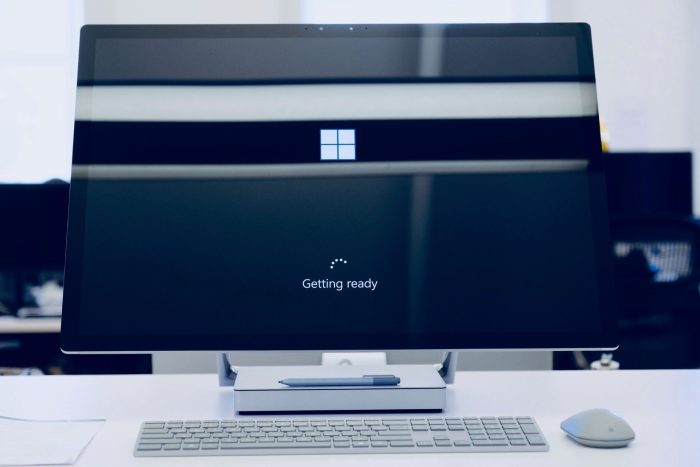The ability to access photos and screenshots from phones on Windows 11 is now available to Beta Insiders
KB5034855 is now live!
4 min. read
Published on
Read our disclosure page to find out how can you help Windows Report sustain the editorial team Read more

Microsoft released KB5034855 to the Beta channel within the Windows Insider Program, and the Redmond-based tech giant introduced the ability to access photos and screenshots from mobile devices on Windows 11 with a single click, to the Beta insiders.
This ability was recently made available to Canary insiders, and for now, it only works with Android devices, as Microsoft states:
We are also beginning to gradually roll out the ability to effortlessly access and edit your most recent photos and screenshots from your Android mobile device in Snipping Tool on your PC. With this feature, you’ll receive instant notifications on your PC whenever a new photo or screenshot is captured on your Android device.
Microsoft
As we explained in our related article, Windows users will be able to set this feature up very easily:
- Click the Start button on your Windows PC and go to Settings.
- Now, click on Bluetooth & devices and select Mobile devices.
- Next, choose Manage devices and allow your PC to access your Android phone.
- If you haven’t linked your phone to your PC yet, click on the Add Device button to do that. You will also need to install the Link to Windows app on your mobile device.
It’s worth mentioning that every time you take a new shot on your Android phone, you will get a notification on your Windows device prompting you to view, edit, or share the image from your mobile device.
Aside from this new feature to the Beta channel, KB5034855 also brings dozens of fixes which you can check below.
- This update addresses an issue that affects the CrashOnAuditFail registry value. When you set it to one (1), only admins can sign in to a machine that has stopped working. After you install this update, standard users can sign in to the machine.
- This update addresses an issue that affects an embedded SIM (eSIM) When you delete it, you do not get a notification.
- This update addresses an issue that affects Azure Virtual Desktop virtual machines. At random, they restart. This occurs because of an access violation in lsass.exe.
- This update addresses an issue that affects Microsoft Edge. The UI is wrong for Internet Options Data Settings.
- This update addresses an issue that affects long-edge fed printers. The alignment of stapling or hole punch locations is wrong.
- This update addresses an issue that affects a machine that is used as a remote desktop session host. You get stop error RDR_FILE_SYSTEM (0x27). This occurs when you start up all users from the machine.
- This update addresses an issue that makes the troubleshooting process fail. This occurs when you use the Get Help app.
- This update addresses an issue that affects the Windows Settings Home page. It randomly stops responding when you go to the page.
- This update addresses an issue that affects Remote Desktop Web Authentication. You might not be able to connect to sovereign cloud endpoints.
- This update addresses an issue that affects Steps Recorder. Some of the UI and steps are not localized to Chinese.
- This update addresses an issue that affects Notepad. It does not open for the standard user account. This occurs when you use Command Prompt to open it based on file type association.
- This update addresses an issue that affects 8 Zip archives. It stops you from opening them by double-clicking them in File Explorer.
- This update affects games you install on a secondary drive. Now, they remain installed on the drive.
- This update addresses an issue that affects the Certificate Authority snap-in. You cannot select the “Delta CRL” option. This stops you from using the GUI to publish Delta CRLs.
- This update addresses an issue that stops a system from going to sleep. This occurs when you connect an external device to the system.
- This update addresses an issue that affects the download of device metadata. Downloads from the Windows Metadata and Internet Services (WMIS) over HTTPS are now more secure.
- This update addresses an issue that affects networking. A device fails to make the automatic switch from cellular to Wi-Fi when it can use Wi-Fi.
- This update addresses an issue that affects Narrator announcements. They are slow when you use Natural Voices.
- This update addresses an issue that affects explorer.exe. It might stop responding. This occurs when you restart or shut down a PC that has a controller accessory attached to it.
You can read the whole blog post here.









